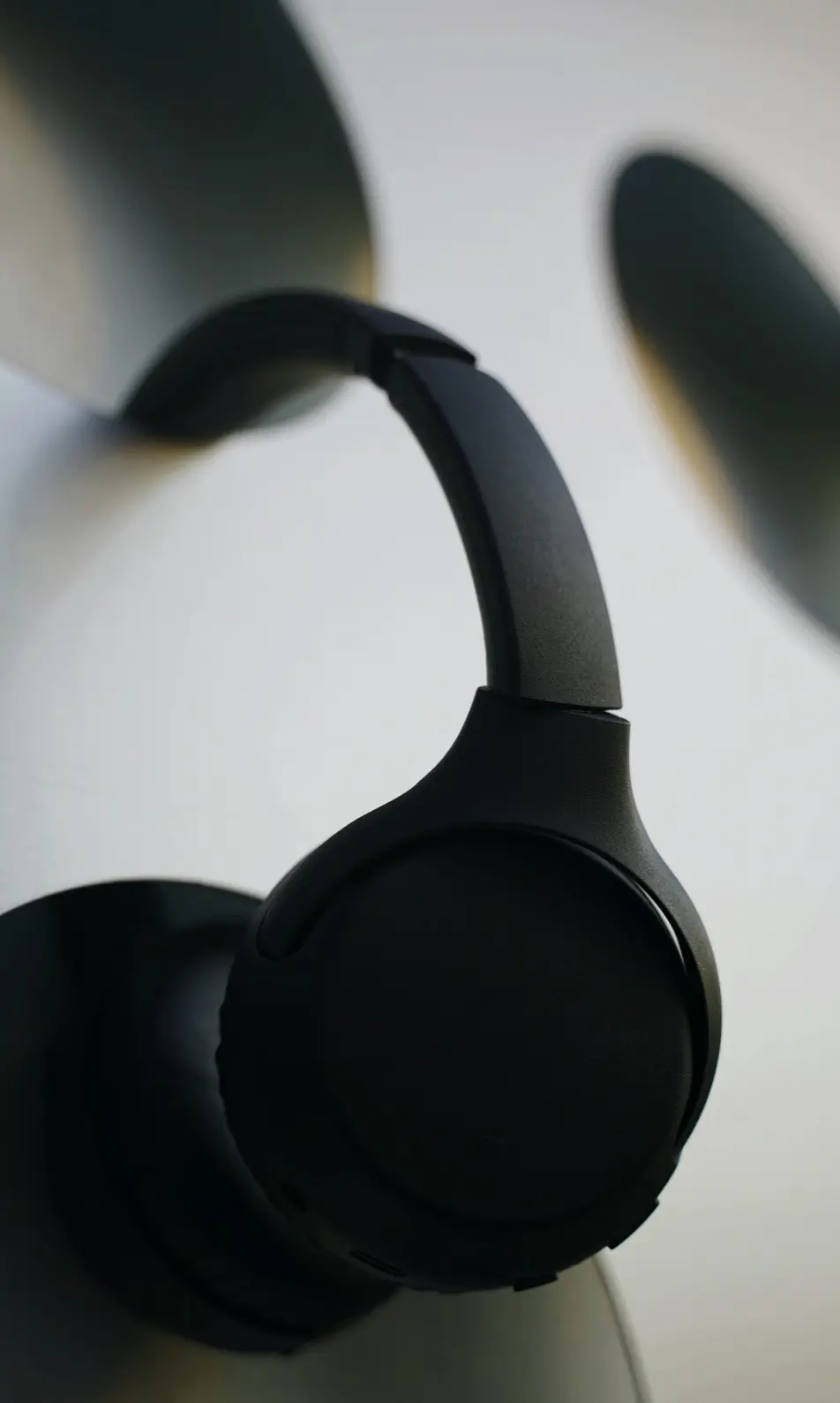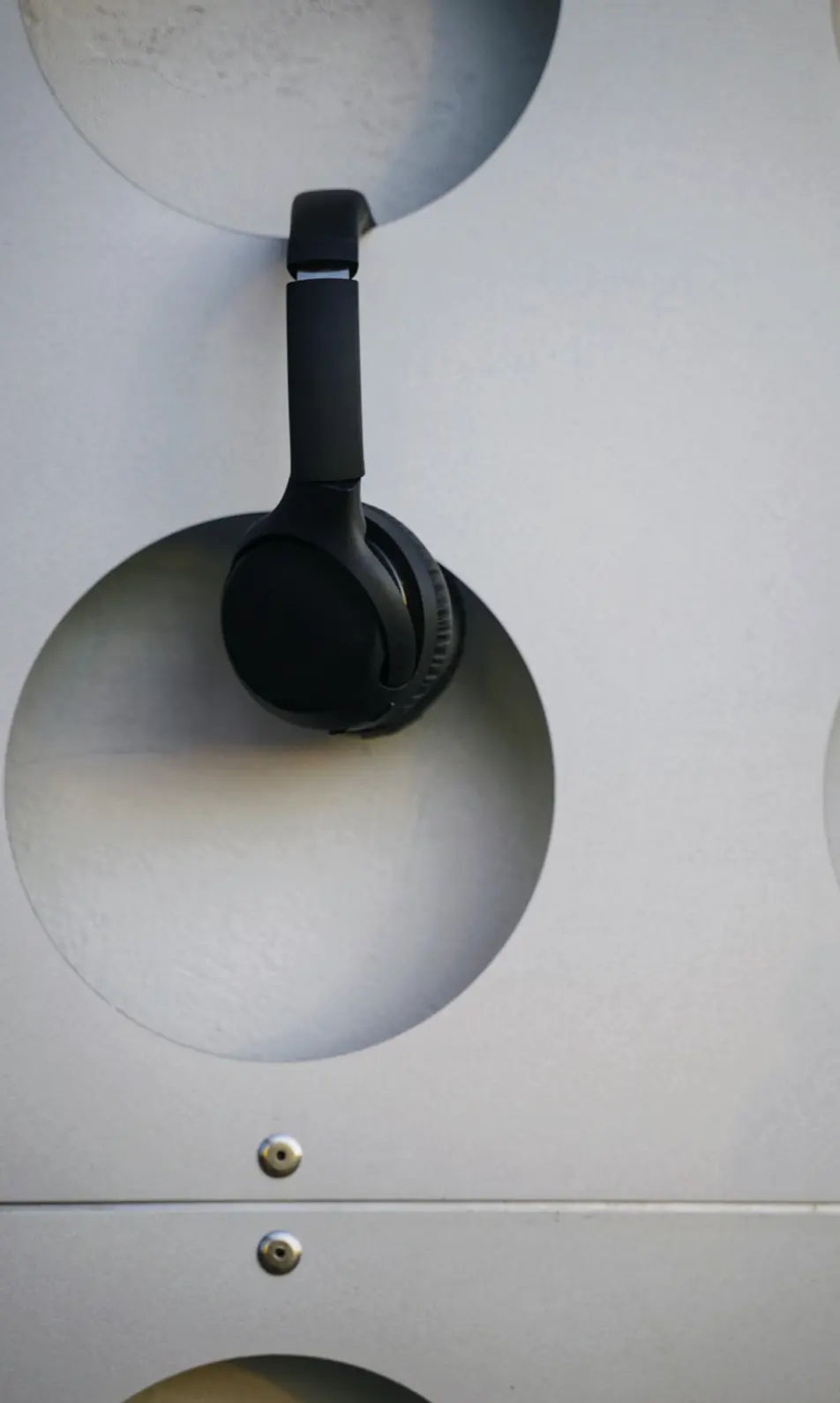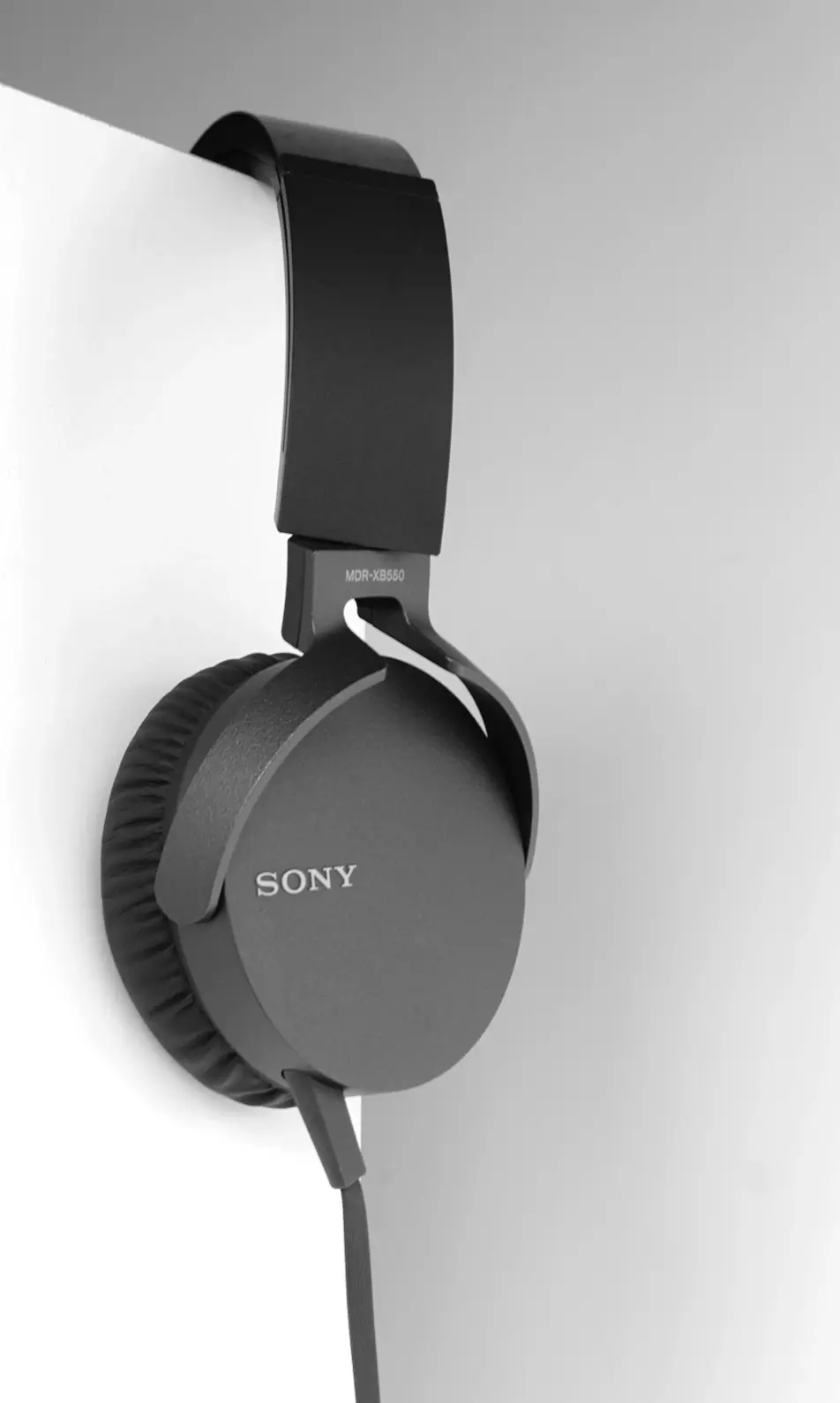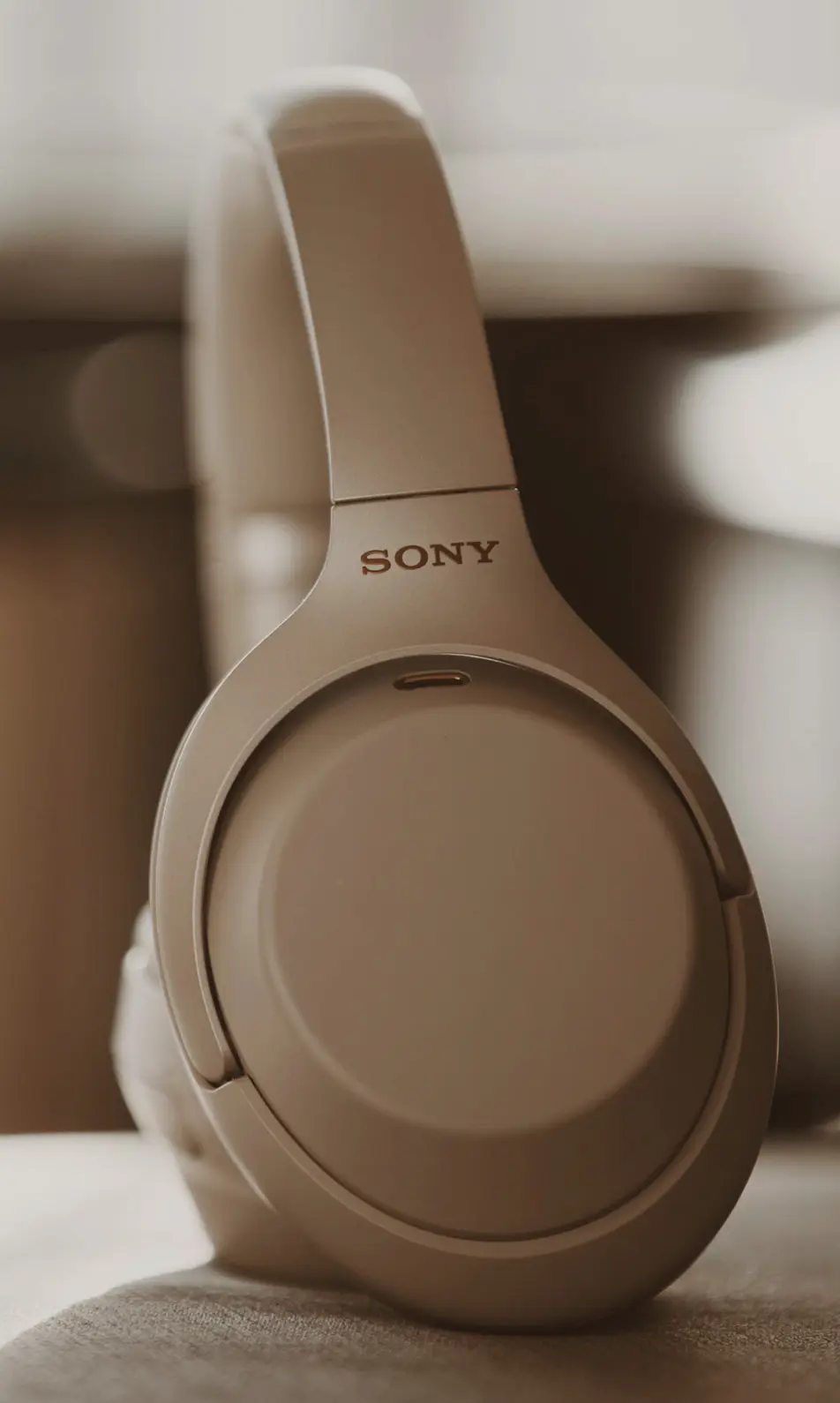Role
Product Design
UI Design
Client
Year
Duration
Overview
“What if your schedule adapted to you, rather than the other way around?”
In a world where calendars, task managers, and productivity tools are fragmented, TidyDay was born out.
As part of my senior capstone project in the Interactive Media Management program, I designed TidyDay—a personal AI assistant that intelligently manages tasks based on urgency, energy levels, effort, and time availability. The tool was designed to integrate both structured time (calendar events) and unstructured tasks (to-dos), creating a seamless and adaptive daily planning experience.
This was a 16-week solo project where I led the entire design process—from initial user research and problem framing to prototyping and usability testing. The project challenged me to go beyond traditional productivity interfaces and think deeply about how humans actually work and feel across a day.
The Problem
While productivity apps have evolved rapidly in recent years, most of them still treat users as highly rational beings who make perfect plans—and then stick to them.
In reality, people are overwhelmed by the amount of planning they have to do, and their emotional or cognitive states aren’t accounted for in most tools.
I observed a repeated pain point across many users (including myself):
- Calendar tools are great at showing availability, but not at helping you decide what’s important.
- To-do lists grow endlessly, with little guidance on how to act.
- And most importantly, none of these tools help people consider their mental energy or motivation.
The real scheduling challenge isn’t just about time. It’s about decision fatigue, burnout, and overcommitment. I wanted to solve this by building a smarter system that prioritized well-being, clarity, and focus.
Project Goals
The vision for TidyDay was to act like a digital executive assist.ant—not just reminding users what to do, but helping them make better decisions throughout the day.
To achieve that, I focused on three core goals:
- Design an intelligent planning experience that integrates both tasks and time blocks.
- Account for emotional and mental energy by allowing users to tag tasks by intensity or mood fit.
- Build a natural and helpful AI assistant layer that could recommend, reschedule, or reprioritize without taking away control from the user.
To measure success, I aimed to build a fully clickable prototype that could:
- Demonstrate adaptive scheduling in action.
- Receive positive qualitative feedback in usability testing (>80% satisfaction).
- Inspire trust and delight, not just function.
Project Goals
The vision for TidyDay was to act like a digital executive assist.ant—not just reminding users what to do, but helping them make better decisions throughout the day.
To achieve that, I focused on three core goals:
- Design an intelligent planning experience that integrates both tasks and time blocks.
- Account for emotional and mental energy by allowing users to tag tasks by intensity or mood fit.
- Build a natural and helpful AI assistant layer that could recommend, reschedule, or reprioritize without taking away control from the user.
To measure success, I aimed to build a fully clickable prototype that could:
- Demonstrate adaptive scheduling in action.
- Receive positive qualitative feedback in usability testing (>80% satisfaction).
- Inspire trust and delight, not just function.
Competitive Analysis
I studied five productivity tools—Notion, Todoist, Sunsama, Reclaim.ai, and Google Calendar—to evaluate how they support scheduling.
While some offered integrations or AI features, none treated mood, motivation, and energy as part of the planning process. That was the gap I chose to fill.
Literature Review
To support my concept, I reviewed academic papers and articles on:
- Decision fatigue (Baumeister et al.)
- Cognitive load theory
- Self-regulation and productivity cycles
These studies validated the idea that mental energy fluctuates, and that decision-making capacity declines over the day—especially when confronted with too many choices. This insight directly informed TidyDay’s core principle: Reduce planning friction, support better daily flow.
Persona Development
Rhea, a 26-year-old graduate student and part-time freelance designer, became the symbolic user.
Based on the research, I created a proto persona to guide design decisions.
Rhea is highly ambitious but often overestimates what she can accomplish in a day. She uses Google Calendar and Notion but struggles to stick to her plans when she feels low-energy or distracted. She doesn’t want more apps—she wants something that can think with her.
Her needs defined the heart of TidyDay: empathy, adaptability, and ease.
Results & Impact
TidyDay was presented at our IMM Capstone Showcase and received enthusiastic responses from both peers and instructors. It was praised for its originality, clarity, and emotional design lens.
- 4 out of 5 test users said it felt “more helpful” than apps they currently use.
- Faculty feedback highlighted its real-world relevance, especially in today’s remote/hybrid work culture.
- Mentors suggested building it into a functioning MVP using AI APIs and Google integrations.
Reflection
TidyDay was more than just a productivity app—it was my attempt to rethink how we live our days.
Through this project, I realized that good UX isn’t just about usability—it’s about aligning with the user’s emotional and cognitive state.
Key learnings:
- Designing for emotions and energy leads to deeper engagement.
- Simulating AI flows during prototyping is extremely useful, even before writing a line of code.
- Early feedback prevents feature bloat and keeps the product grounded.
What’s Next
I’m exploring opportunities to pitch the idea at digital wellbeing or AI x UX innovation challenges.
I plan to develop TidyDay into a coded MVP using OpenAI’s Assistants API and Google Calendar API.
If the prototype gains traction, I’d love to open-source some of the prompt logic and explore integrations with wearable devices or journaling apps.
Crafting intricate brand narratives for lasting and meaningful impact.
Crafting intricate brand narratives for lasting and meaningful impact.




